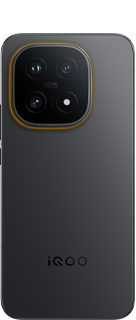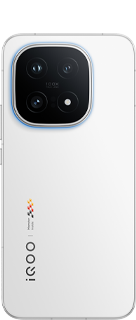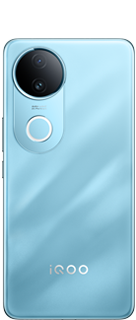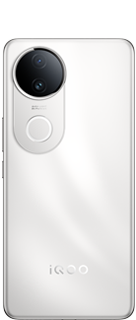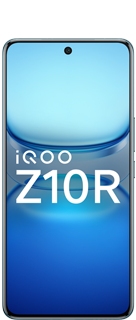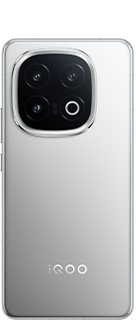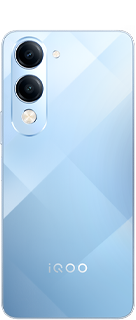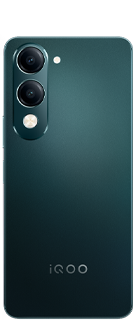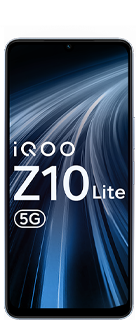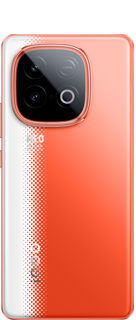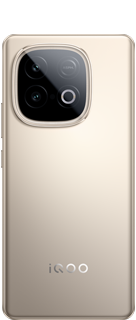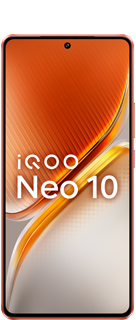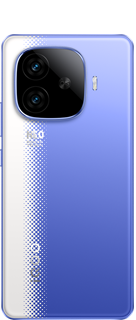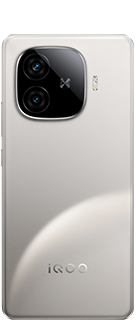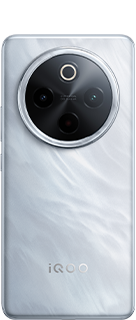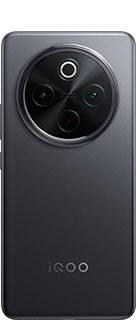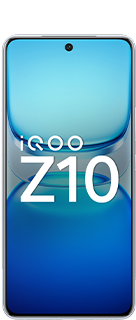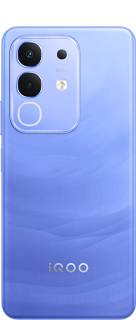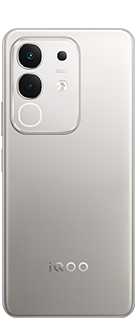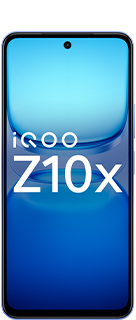#4/15 Tech Terms Explained | Refresh Rate vs Touch Sampling Rate #TTS
Hey Questers!
Today’s topic in our #TechTermsSimplified series might sound confusing, but it's key to understanding how smooth and responsive your smartphone feels:
Refresh Rate vs Touch Sampling Rate ⚡📱
Let’s break it down 👇
🔁 What is Refresh Rate?
Refresh Rate = How many times per second your screen updates the image.
📌 Measured in Hz (Hertz)
📌 Common values: 60Hz, 90Hz, 120Hz, 144Hz, 165Hz
✅ Higher refresh rate = smoother animations & scrolling
✅ Great for gaming, social media, and video
✅ Reduces motion blur and visual lag
🧠 Example: A 120Hz display refreshes 120 times per second, making every swipe and scroll look buttery smooth.
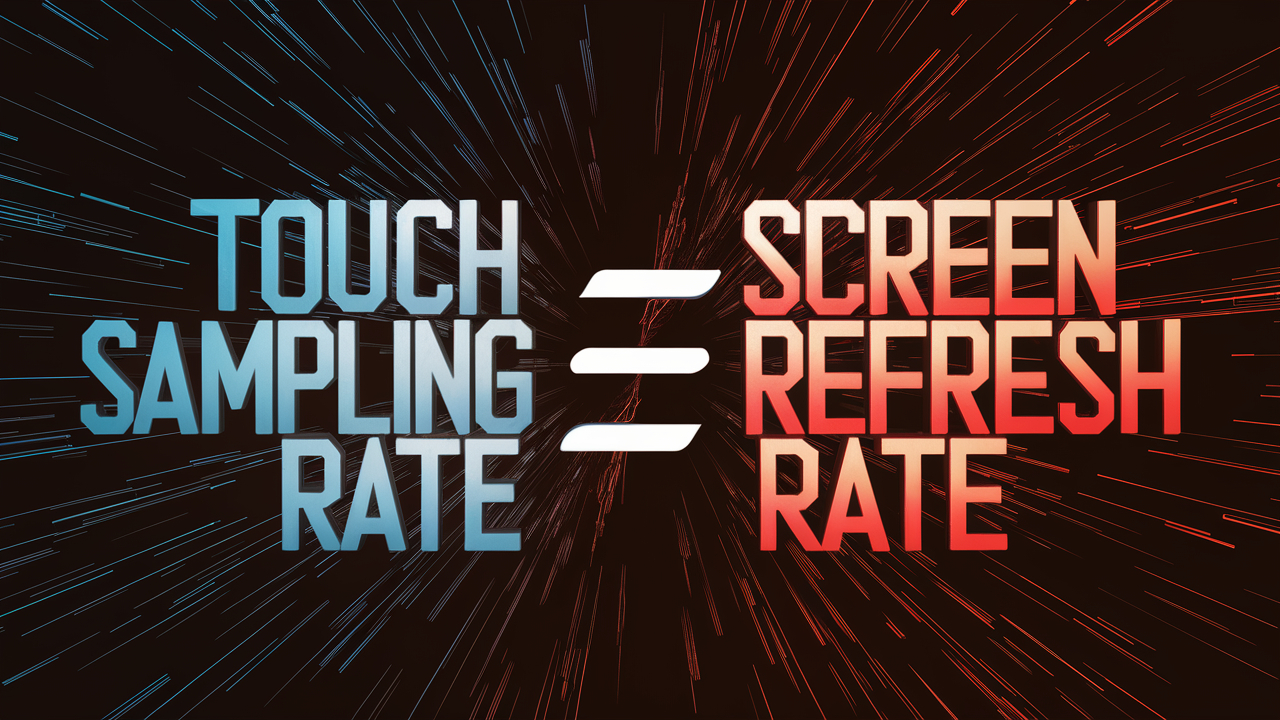
✍️ What is Touch Sampling Rate?
Touch Sampling Rate = How often your screen checks for finger input per second.
📌 Also measured in Hz
📌 Common values: 180Hz, 240Hz, 300Hz, 360Hz, even 1000Hz!
✅ Higher sampling = faster response to your touch
✅ Critical for competitive gaming and fast reactions
✅ More precise tracking of swipes, taps, and gestures
🧠 Example: A 360Hz touch sampling rate means the phone checks your touch 360 times per second, resulting in instant touch response.
🔍 Refresh Rate vs Touch Sampling Rate – Know the Difference
FeatureRefresh RateTouch Sampling Rate
MeasuresScreen image updatesFinger input scans
AffectsVisual smoothnessTouch response speed
Good ForWatching, scrollingGaming, swiping
UnitsHz (e.g., 120Hz)Hz (e.g., 360Hz)
🔄 They work together for an overall smooth + responsive experience!
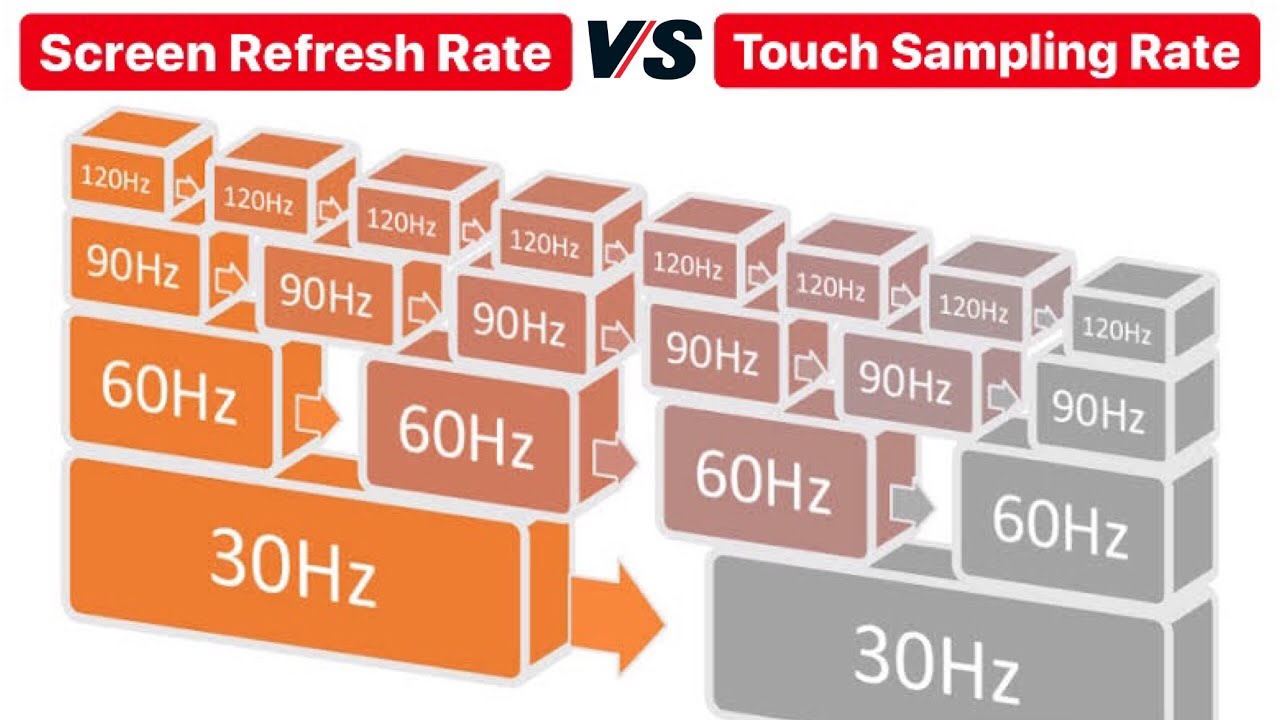
📱 Real-Life Example:
Imagine a highway:
- Refresh Rate is how many times the road is paved each second.
- Touch Sampling Rate is how quickly the car (your finger) responds to road changes.
Both need to be high for a smooth ride! 🛣️🚗
📌 iQOO Phones & High Rates
iQOO smartphones like the iQOO Neo 9 Pro offer:
✅ 120Hz Refresh Rate
✅ 300Hz+ Touch Sampling Rate
Perfect for gamers, content scrollers, and speed lovers!
So next time you see “120Hz/360Hz,” you’ll know it means fluid visuals + lightning-fast touch! 🔥
Up next in Day 5: We simplify PWM Dimming – a hidden display tech that could be affecting your eyes. 👀💡
Please sign in
Login and share
